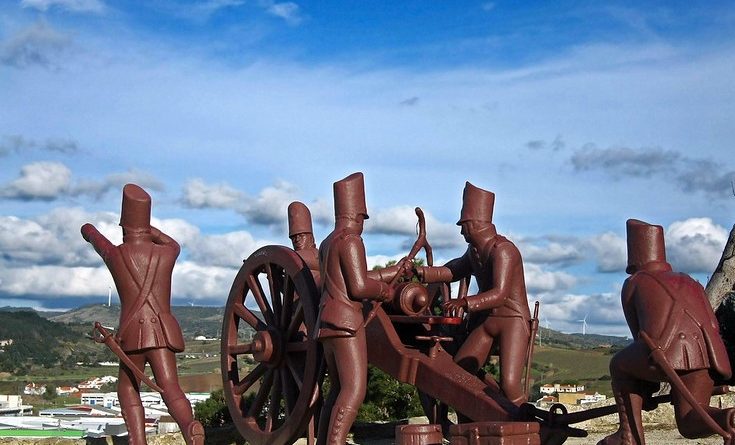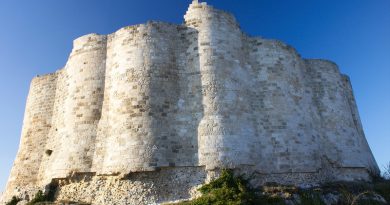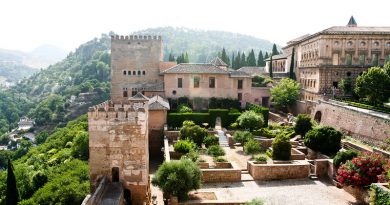The Peninsula War: The Lines of Torres Vedras
The Lines of Torres Vedras were lines of forts and other military defences built in secrecy to defend Lisbon during the Peninsula Wars.
Named after the town of Torres Vedras, their construction was ordered by The Duke of Wellington in 1809 to defend against the advances of French troops in Portugal during the Napoleonic Wars.
As the Portuguese retreated in the face of the French advances from Spain into
Portugal, Weillington also ordered them to adopt a scorched earth policy.
The tactics have been described as one of the most ingenious defensive manoeuvres in warfare and elevated Wellington s military reputation. He would go on to chase the exhausted French forces out of Portugal and eventually Spain. In 1815 Weullington defeated Napoleon in the Battle of Waterloo.
Drawing on topographical maps Weullington and his team had chosen the terrain from Torres Vedras to Lisbon for their initial defence because of its mountainous characteristics. From north to south great undulations, created peaks that straddled deep valleys, great gullies and wide ravines The rugged and inhospitable area offered numerous possibilities for a stubborn rearguard from forts that were then built primarily by Portuguese labourers on many of the peaks.
Roads were also built to enable troops to move rapidly between more than a hundred small fortifications protected by several hundred canon.According to the Royal Engineers it became one of the least expensive but most productive military investments in history.
France’s Marshal Masséna had begun his campaign with his 65,000 strong army .When he eventually returned to Spain in 1811, he had lost nearly have his force , mostly from starvation, severe illness and disease.
The Lines were declared a National Heritage by the Portuguese Government in 2019.




